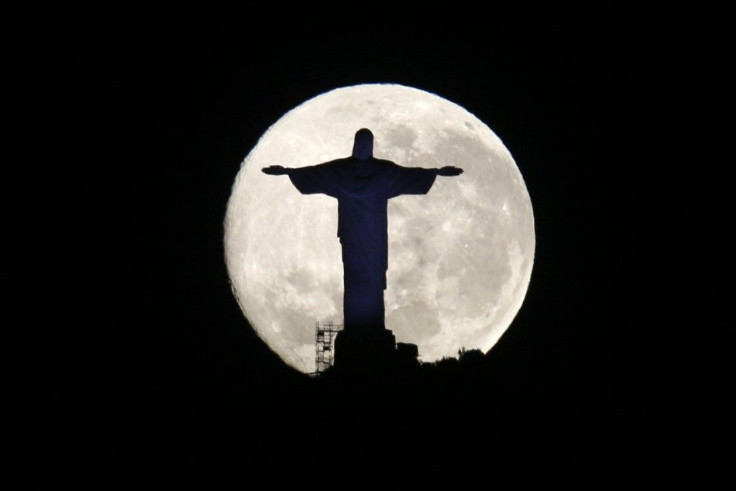Astronomical Events September 2014: When And How To Best View The Rare And The Final Supermoon Occurring On Sept. 8 And 9

Mark your calendars! The rare and the final supermoon or full moon is about to occur in the September night sky. Sept. 8 and 9, 2014 gives an exciting opportunity to skygazers to enjoy the third consecutive Supermoon of the year 2014.
Previously, skygazers and astronomers enjoyed the spectacular view of the moon on two events. The first Supermoon occurred on July 12, 2013 and the second one showed up on Aug. 10. In the third consecutive month, the skygazers will enjoy slightly larger than the usual moon when it will be positioned directly between the Earth and the sun.
According to SeaSky.org, the September Full Moon/ Supermoon is also known as Full Corn Moon because the native tribes harvested corn fields around this time of the year. The month will also see year's second equinox, when the day and the night are of equal length. Therefore the full moon is also known as Harvest Moon that marks the beginning of the Fall.
It is said the September supermoon is going to be slightly smaller than the August supermoon. However, skygazers can enjoy the event without the use of a telescope. The Natural World News reports that the third supermoon will see the moon at "its closest approach to Earth, making it appear 16 percent bigger and 30 percent brighter than other full moons."
According to Universe Today, on Sept. 9, the moon reaches its peak at 1:38 UTC. For those following Easter Daylight Time (EDT), the event will take place a few hours before at 9:38 p.m. EDT on Sept. 8, 2014. The website further elaborates on the event and informs that the September moon will reach perigee (the stage when the moon is nearest to the Earth) on Sept. 8 at 3:30 UT and the moon will be at its closest approach, 358,387 kilometers away from the Earth.
Skygazers won't want to miss this opportunity as the next supermoon will only be visible on Aug. 30 2015. For those who want to enjoy the third supermoon of the year 2014 online, they can view it at Slooh.com.




















